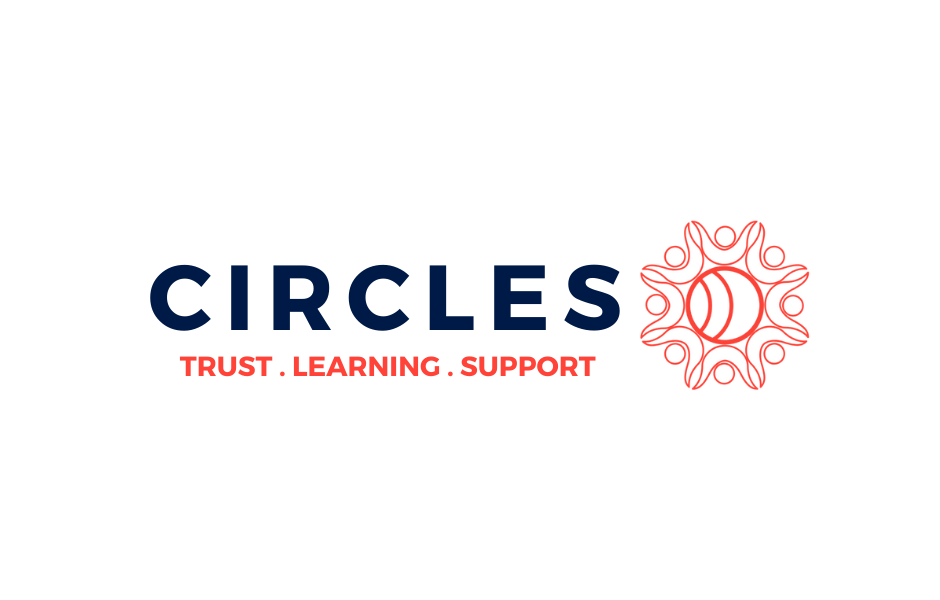Socially Responsible Video Storytelling
Kareem Alston
Associate Director of Digital Strategy and Community Engagement
The Communications Network
@KareemMAlston
Nico Calvo Rosenstone
Haas, Jr. Fund
Maria Mottola
New York Foundation
Key Takeaways:
Draft questions that frame the story being told and drive the conversation.
Create an editing process that builds upon the story being told and creates a cohesive narrative.
The relationships with the participants that do not stop after production ends. Build partnerships with participants to get feedback from them to see what is next in the process of the story that has been told.
Involve community partners, especially if you can find partners who are minorities, to learn from them, help build their business and allow them to lead the work. This helps create meaningful change from those who know this area best and creates a longer-lasting impact post-video.
Session Summary:
When working on sharing the personal details of someone’s story to achieve a certain organizational goals, one must keep two things in mind: the intent behind the story and the personal and professional dynamics of those involved. Storytelling is meant to accomplish a mission, to educate and to make an impact on those who encounter the content.
50 people filled the room on the morning of October 4th to learn how to not only tell the stories about community members, but how to achieve the goals of foundations who are funding the project, while still respecting the narrative of those allowing the personal details of their lives to be shared. It’s important to understand the dynamics between what a foundation may want to accomplish through storytelling while also respecting the dignity and agency of the participant.
While it is important to protect the participant , it is also just as important to ensure that the content you are creating is not creating more work for the nonprofit organization overseeing the work. Story-telling is meant to bring light to the overall goals ofthe organization, not to inundate it with more unnecessary work. Producing videos for organizations are unique because of the messaging: People want to start movements and create a message that supports the mission behind hearts and minds.
One should stop and reevaluate the project if you do not feel comfortable about the subject matter of the video, you have no community partner involved, the content does not serve the mission of the organization or you have not received feedback from participants sharing their stories.
Audience Questions:
Q: How do you create an environment that allows your grantee, the one telling their story, that it’s okay to say no?
A: Give the story-teller the option to have the power of how they would like to tell their story – listening and partnering is how you create the relationship.
Q: Can we responsibly talk about someone’s failure? If someone has committed a serious crime, how we do we responsibly tell their story?
A: Always defer to local leaders in the space for their guidance and get their buy in.
Q: What is capacity building in terms of making sure grantees are able to participate in the project?
A: Make sure general communications are embedded into the program and project building. Ideally, we are making sure we are not creating more work. Instead, ask how we can support or help and build from there.
Resources:
Women and Girls Return from Prison: www.vimeo.com/newyorkfoundation
Dreamer Parents Tell Their Stories: www.haasjr.org/resources/dreamer-parents-tell-their-story
Undocumented Student Graduation: www.haasjr.org/perspectives/the-heros-journey
These notes were captured by Jordyn B. Rush and have been reviewed by the presenters Maria Mottola, Nico Calvo Rosenstone, and Kareem Alston.


